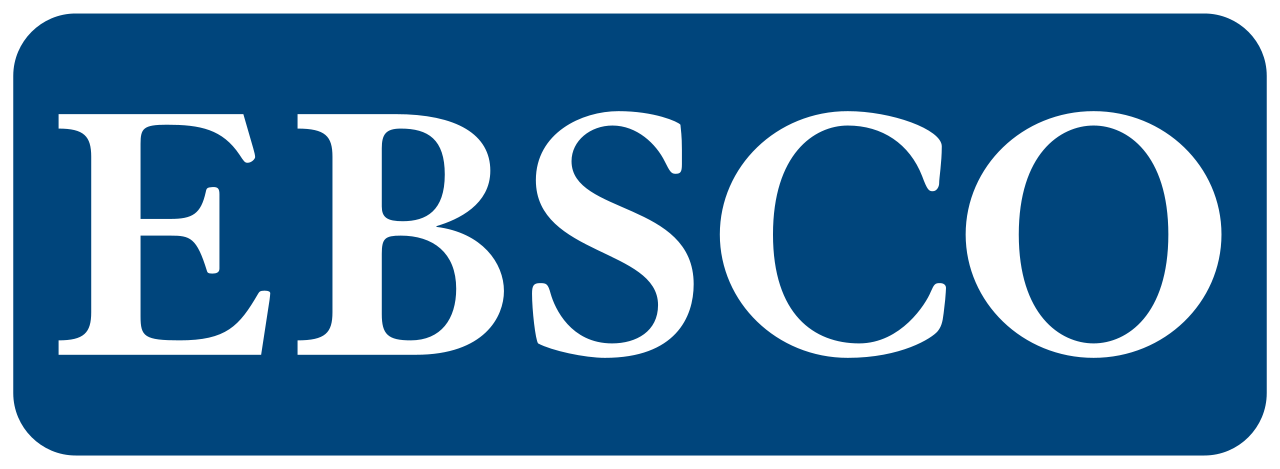Application of Student Facilitator and Explaining Learning Model to Increase Student Activeness and Learning Outcomes
Keywords:
Student Facilitator and Explaining, Student Activeness, Learning OutcomesAbstract
Education is the process of changing the attitudes and behaviors of an individual or a group of people to mature humans through teaching and training. Education can be realized through formal teaching in schools by teachers or at home by parents. In school, students are trained to express their opinions more confidently, take responsibility, and learn to develop their potential. The Pancasila and Citizenship Education at SMK Negeri 2 Kediri is one of the subjects that requires students to be active and brave in expressing their opinions. However, in reality, many students are passive in learning. Moreover, in terms of student learning outcomes, many students' achievements fall below the minimum passing criteria. Therefore, this research applies the Student Facilitator and Explaining (SFAE) learning model to improve student engagement and learning outcomes. The stages of the SFAE learning model include 1) teaching, 2) teams, 3) student creative, 4) student explaining, 5) whole class consisting of 23 units. This research is action research using two cycles. The results show an improvement in student engagement and learning outcomes after implementing the learning model. In terms of student engagement, the results of the first cycle show a percentage of 65.89; then, it increased in the second cycle to 83.75. As for learning outcomes, the first cycle shows an average score of 64.29; it then increased in the second cycle to 85.71. This improvement indicates that the implementation of the Student Facilitator and Explanation learning model can enhance student engagement and learning outcomes.
References
Akbar, A. (2019). Implementasi Model Pembelajaran Berbasis Masalah untuk Meningkatkan Hasil Belajar Siswa pada Mata Pelajaran PKn di SMA Negeri 1 Batukliang Utara. Jurnal Kependidikan: Jurnal Hasil Penelitian Dan Kajian Kepustakaan Di Bidang Pendidikan, Pengajaran Dan Pembelajaran, 5(1), 1–7.
Darmadi, H. (2020). Apa mengapa bagaimana pembelajaran pendidikan moral pancasila dan pendidikan pancasila dan kewarganegaraan (PPKn): konsep dasar strategi memahami ideologi pancasila dan karakter bangsa. An1mage.
Harefa, D. (2021). Penggunaan Model Pembelajaran Student Facilitator And Explaining Terhadap Hasil Belajar Fisika. Jurnal Dinamika Pendidikan, 14(1), 116–131.
Hayani, E. (2022). Penggunaan Aplikasi Whatsapp Group Sebagai Media Online Pembelajaran Jarak Jauh (PJJ) dan Permasalahannya. GUAU: Jurnal Pendidikan Profesi Guru Agama Islam, 2(5), 65–72.
Pamungkas, S. (2020). Upaya Meningkatkan Hasil Belajar Daring Pada Siswa Kelas VI Melalui Media Belajar Game Berbasis Edukasi Quizizz. Majalah Lontar, 32(2), 57–68.
Rahayu, M. (2019). Peningkatan Keaktifan Belajar dan Hasil Belaajr melalui Model pembelajaran Student Facilitator and Explaining (SFE) dengan Media Video Scribe pada Siswa Kelas X TKJ SMKN 8 malang.
Sanjaya, W. (2015). Perencanaan dan desain sistem pembelajaran. Kencana.
Slameto. (1999). Proses Belajar Mengajar. Bumi Aksara.
Soviana, H. D., Zainal, V. R., & Riyanto, S. (2023). The Influence of Transformational Leadership Style and Work Discipline on Teacher Performance: Work Motivation as an Intervening Variable (Case Study on TK-SD MKD). Edunity Kajian Ilmu Sosial Dan Pendidikan, 2(8), 936–949.
Sugiarto, R. T. (2016). Ensiklopedi Karakter 2: Budi Pekerti. Media Makalangan.
Sujana, I. W. C. (2019). Fungsi dan tujuan pendidikan Indonesia. Adi Widya: Jurnal Pendidikan Dasar, 4(1), 29–39.
Suprayitno, A., & Wahyudi, W. (2020). Pendidikan karakter di era milenial. Deepublish.
Syaban, M. (2019). Konsep Dasar Manajemen Pendidikan Islam. Al-Wardah: Jurnal Kajian Perempuan, Gender Dan Agama, 12(2), 131–141.
Wibowo, H. (2020). Pengantar Teori-teori belajar dan Model-model pembelajaran. Puri cipta media.
Zahrok, A. L. N. (2020). Implementasi sistem penjaminan mutu internal di Sekolah Menengah Kejuruan (SMK). Jurnal Akuntabilitas Manajemen Pendidikan, 8(2), 196–204.
Downloads
Published
Issue
Section
License
Copyright (c) 2024 Nadia Hesti Anggraini1*, Siti Awaliyah2, Edi Suhartono3

This work is licensed under a Creative Commons Attribution-ShareAlike 4.0 International License.
Authors who publish with this journal agree to the following terms:
- Authors retain copyright and grant the journal right of first publication with the work simultaneously licensed under aCreative Commons Attribution-ShareAlike 4.0 International (CC-BY-SA). that allows others to share the work with an acknowledgement of the work's authorship and initial publication in this journal.
- Authors are able to enter into separate, additional contractual arrangements for the non-exclusive distribution of the journal's published version of the work (e.g., post it to an institutional repository or publish it in a book), with an acknowledgement of its initial publication in this journal.
- Authors are permitted and encouraged to post their work online (e.g., in institutional repositories or on their website) prior to and during the submission process, as it can lead to productive exchanges, as well as earlier and greater citation of published work.







